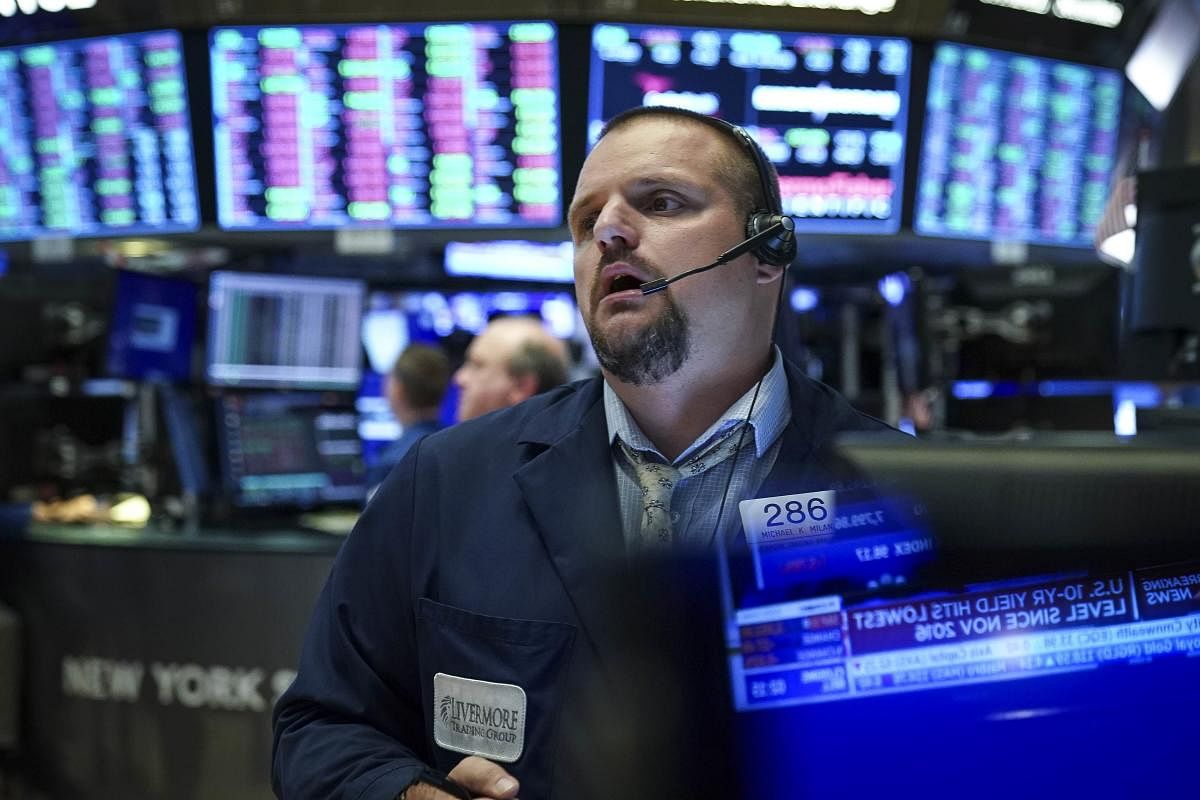
Wall Street stocks dropped early Friday as the latest round of US tariffs on China overshadowed mixed US jobs report amid a global equity selloff.
About 20 minutes into trading, the Dow Jones Industrial Average had declined 0.5 per cent to 26,440.83.
The broad-based S&P 500 slid 0.6 percent to 2,934.81, while the tech-rich Nasdaq Composite Index shed 0.9 percent to 8,035.75.
US indices lost about one per cent on Thursday after President Donald Trump's surprise announcement of a 10 per cent punitive tariffs on $300 billion in Chinese imports.
Major bourses in Europe and Asia have lost more than two per cent since the tariff announcement.
China signalled it would respond to Trump's latest move, raising prospects for a prolonged trade conflict.
"If the US implements the tariff measures, China will have to take necessary countermeasures to resolutely defend the core interests of the country and its people," said foreign ministry spokeswoman Hua Chunying, adding that Beijing did not want a trade war "but is not afraid to fight one if necessary."
While Trump said in his Twitter announcement that he looked forward to positive talks on a trade deal, he was less conciliatory in his campaign rally Thursday night: "Until such time as there is a deal, we will be taxing the hell out of China."
The back-and-forth shifted attention from the much-anticipated government jobs report, which showed the US added 164,000 workers in July, roughly in line with expectations.
However, the Labor Department revised sharply lower its June jobs count, bringing the average over the last three months to 140,000, well below the 237,000 recorded in July last year.
The trade and jobs data came at the tail-end of a news-jammed week that had been focused on the Federal Reserve move to interest rates for the first time in more than a decade, citing growing uncertainty in the economic outlook.
"Trade tension is an important source of uncertainty in the Fed's monetary policy outlook, and that source of uncertainty just got more uncertain, which is to say the market should still find reason to think that there is a high probability of a rate cut at the September (Fed) meeting," said Briefing.com analyst Patrick O'Hare.